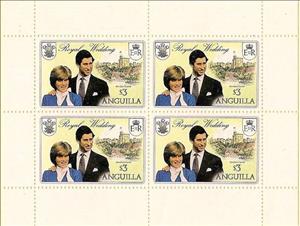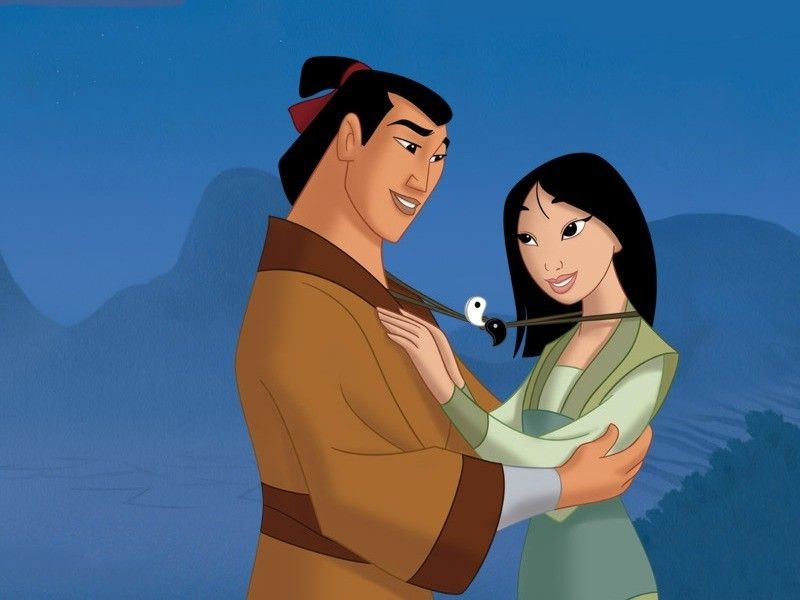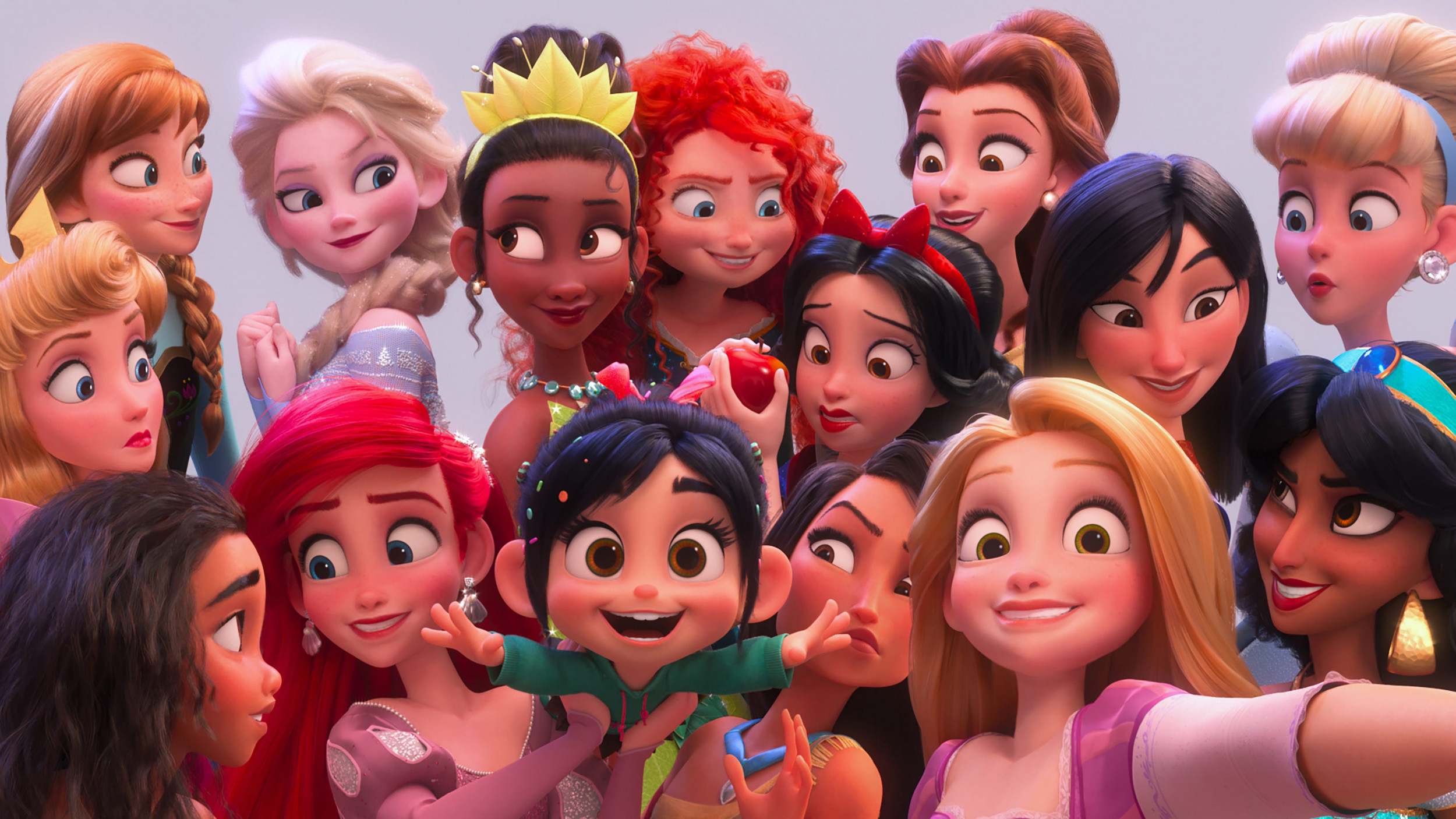Booklet Pane: Prince Charles, Lady Diana Spencer and Windsor Castle (Anguilla 1981)
Prince Charles, Lady Diana Spencer and Windsor Castle (Anguilla 1981)
15 June (Anguilla ) within release Wedding of Prince Charles and Lady Diana Spencer goes into circulation Booklet Pane Prince Charles, Lady Diana Spencer and Windsor Castle face value 4*3 East Caribbean dollar
| Booklet Pane Prince Charles, Lady Diana Spencer and Windsor Castle in catalogues | |
|---|---|
| Stanley Gibbons: | Sg: AI 469wa |
Booklet Pane is square format.
Also in the issue Wedding of Prince Charles and Lady Diana Spencer:
- Stamp - Prince Charles, Lady Diana Spencer and Althorp face value 2.50;
- Stamp - Prince Charles, Lady Diana Spencer and St. Paul's Cathedral face value 50;
- Stamp - Prince Charles, Lady Diana Spencer and St. Paul's Cathedral face value 50;
- Stamp - Prince Charles, Lady Diana Spencer and St. Paul's Cathedral face value 50;
- Booklet Pane - Prince Charles, Lady Diana Spencer and St. Paul's Cathedral face value 4*50;
- Stamp - Prince Charles, Lady Diana Spencer and Windsor Castle face value 3;
- Stamp - Prince Charles, Lady Diana Spencer and Windsor Castle face value 3;
- Stamp - Prince Charles, Lady Diana Spencer and Windsor Castle face value 3;
- Stamp - Prince Charles, Lady Diana Spencer and Windsor Castle face value 3;
- Booklet Pane - Prince Charles, Lady Diana Spencer and Windsor Castle face value 4*3;
Booklet Pane Prince Charles, Lady Diana Spencer and Windsor Castle it reflects the thematic directions:
A castle (from Latin: castellum) is a type of fortified structure built in Europe and the Middle East during the Middle Ages by European nobility. Scholars debate the scope of the word castle, but usually consider it to be the private fortified residence of a lord or noble. This is distinct from a palace, which is not fortified; from a fortress, which was not always a residence for nobility; and from a fortified settlement, which was a public defence – though there are many similarities among these types of construction. Usage of the term has varied over time and has been applied to structures as diverse as hill forts and country houses. Over the approximately 900 years that castles were built, they took on a great many forms with many different features, although some, such as curtain walls and arrowslits, were commonplace.
Famous People refers to the fame and public attention accorded by the mass media to individuals or groups or, occasionally, animals, but is usually applied to the persons or groups of people (celebrity couples, families, etc.) themselves who receive such a status of fame and attention. Celebrity status is often associated with wealth (commonly referred to as fame and fortune), while fame often provides opportunities to make money.
A man is an adult male human. Prior to adulthood, a male human is referred to as a boy (a male child or adolescent).
A prince is a male ruler (ranked below a king, grand prince, and grand duke) or a male member of a monarch's or former monarch's family. Prince is also a title of nobility (often highest), often hereditary, in some European states. The female equivalent is a princess. The English word derives, via the French word prince, from the Latin noun prīnceps, from primus (first) and caput (head), meaning "the first, foremost, the chief, most distinguished, noble ruler, prince"
Princess is a title used by a female member of a monarch's family or by a female ruler. The male equivalent is a prince (from Latin princeps, meaning principal citizen). Most often, the term has been used for the consort of a prince, or for the daughter of a monarch. A crown princess can be the heiress apparent to the throne or the spouse of the heir apparent.
A Royalty is the immediate family of a king or queen regnant, and sometimes his or her extended family. The term imperial family appropriately describes the family of an emperor or empress, and the term papal family describes the family of a pope, while the terms baronial family, comital family, ducal family, grand ducal family, or princely family are more appropriate to describe the relatives of a reigning baron, count, duke, grand duke, or prince. However, in common parlance members of any family which reigns by hereditary right are often referred to as royalty or "royals." It is also customary in some circles to refer to the extended relations of a deposed monarch and his or her descendants as a royal family. A dynasty is sometimes referred to as "the House of ...". As of July 2013, there are 26 active sovereign monarchies in the world who rule or reign over 43 countries in all
A woman is an adult female human. Before adulthood, a woman is referred to as a girl (a female child or adolescent)







